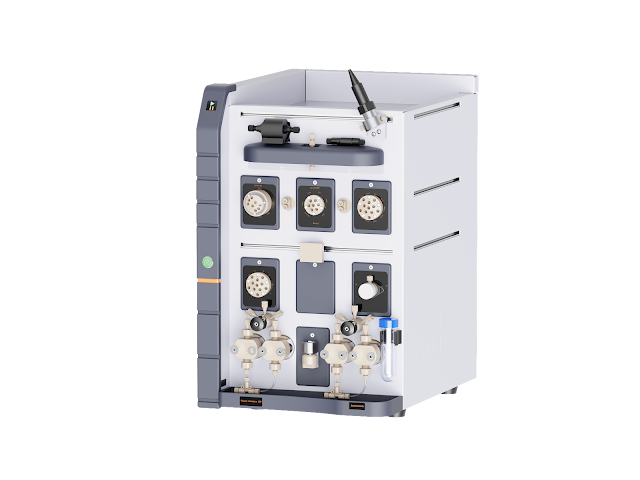Advancing Protein Science: The Evolution and Impact of FPLC Chromatography
Fast Protein Liquid Chromatography, commonly known as FPLC, is a form of liquid chromatography frequently used to analyze or purify mixtures of proteins. As a specialized type of chromatography, FPLC efficiently separates proteins based on their individual properties, such as size, charge, and hydrophobicity. This method is highly valued in research and industrial settings due to its precision, effectiveness, and versatility. FPLC has significantly advanced our understanding of protein structures and functions, playing a pivotal role in biotechnology, pharmaceuticals, and biochemistry. The method’s high-resolution capabilities make it an indispensable tool for scientists aiming to isolate proteins for various applications.

Principles of FPLC Chromatography:
The foundational principle of FPLC chromatography lies in its ability to separate proteins based on specific characteristics. A sample is passed through a column filled with stationary phase material in this process. The stationary phase is designed to interact with proteins differently, leading to the separation of protein molecules. FPLC chromatography can be categorized into several types, including ion exchange, gel filtration, and affinity chromatography, each tailored for different separation needs. The versatility of FPLC lies in its adaptability to various types of molecules and its gentle operating conditions, which preserve the integrity and activity of the studied proteins.
Applications and Advancements:
FPLC chromatography has found widespread application in protein research and bioprocessing. One of its primary uses is in the purification of proteins for therapeutic purposes, such as in the production of monoclonal antibodies and vaccines. This technology has also been instrumental in studying protein-protein interactions, enzyme kinetics, and protein folding. The advancements in FPLC technology have led to increased efficiency and automation, allowing for higher throughput and reproducibility in protein purification. This has been crucial in accelerating research and development in the biotechnology and pharmaceutical industries, enabling quicker and more efficient drug discovery processes.
Challenges and Solutions in FPLC:
Despite its many advantages, FPLC chromatography faces challenges, particularly regarding scalability and sensitivity. Scaling up FPLC processes for industrial applications can be complex and costly. Additionally, detecting and quantifying proteins at low concentrations remains a technical challenge. However, continuous innovations in FPLC technology are addressing these issues. Enhancements in column design, development of more robust and sensitive detectors, and integration of advanced data analysis software are some solutions being implemented. These improvements not only tackle existing challenges but also expand the potential applications of FPLC in various scientific and industrial fields.

Conclusion:
The future of FPLC and FPLC chromatography looks promising, with ongoing technological advancements and increasing applications in biotechnology and medicine. Companies like inscinstech.com.cn/en, an innovative high-tech enterprise focusing on biological separation technology, are at the forefront of this evolution. With numerous patents and computer software copyrights, they are committed to providing high-quality biological separation equipment and chemical analysis instruments. Operating from Suzhou, China, and Los Angeles, USA, they aim to reduce customer operating costs and create value for global customers, ensuring the continual advancement and application of FPLC technologies in various scientific domains.
.jpg)
.jpg)
Comments
Post a Comment